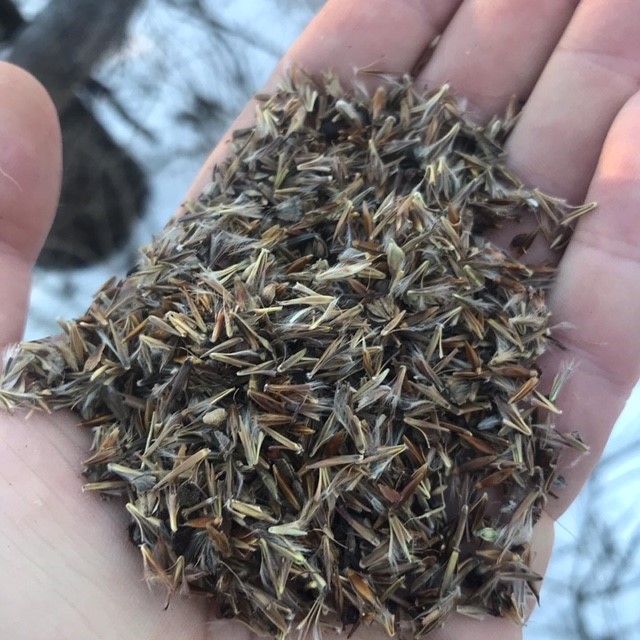
Written By: Matt Garrett, Johnson County Park & Recreation District Field Biologist
There’s no textbook for rebuilding a woodland in Eastern Kansas. Let’s get down to the nitty gritty of woodland restoration. The work isn’t done over a grant cycle or within a budget year. The time scale for restoration is more expansive than humanity can generally wrap our minds around. One hundred acres of bush honeysuckle were removed recently from Ernie Miller Nature Park in Olathe, KS through a collaborative effort of staff, volunteers, and contractors. Surprisingly, that was the easy part.
Stabilizing an Ecosystem After Restoration
The question of how we stabilize a park ecosystem and not backslide into an even worse ecological nightmare is a question we face regularly. There are so many examples of good-intentioned invasive removal projects failing across the Kansas City region.
Restoration Timeline
Breaking the initial restoration into a 15-year project was one of the only ways I could wrap my head around the daunting task. A work plan was developed that focused on gradually using less heavy-handed management techniques and then initiating a cycle of intensive native seeding. Our goal is to stabilize activity above and below the soil.
Seeding a Restored Habitat
In the first 5 years, annually seeding a custom 14 species woodland grass and forb mix is the priority. We’re theorizing that establishing heavy lifting low C-value native species like river oats and the wild ryes will begin to stabilize the chaos. Next, we’ll monitor progress and seed higher c-value species in the 4-7 range from year 5-10 and eventually reestablish conservative 7-10 c-value woodland species from year 10 to 15. Dormant season fire and surgical spot spraying of honeysuckle will continue throughout the project with long term monitoring.
Trusting the Process
The uncertainty and timeline weigh on my team. The restoration of Ernie Miller Park will take decades well beyond the 15 initial years of the project. Trusting the process, adapting the plan, and consulting with ecologists as we receive new information will be crucial moving forward. Removing the honeysuckle is behind us, stabilizing the project site with a long-term trajectory towards success is the real challenge.










